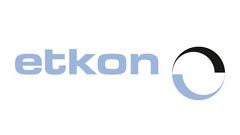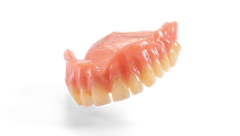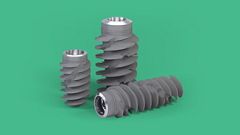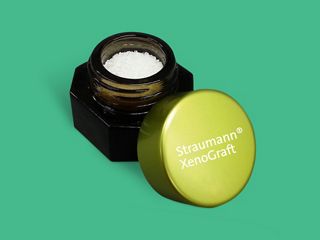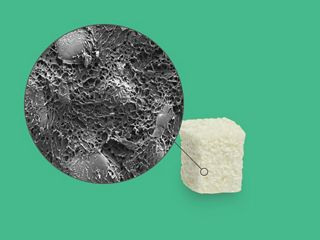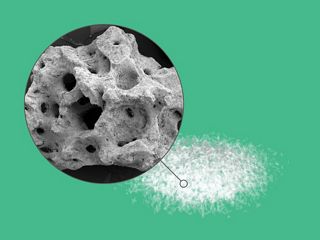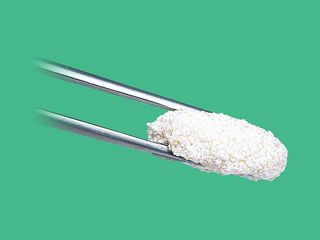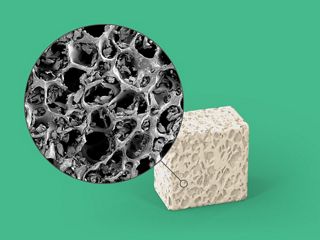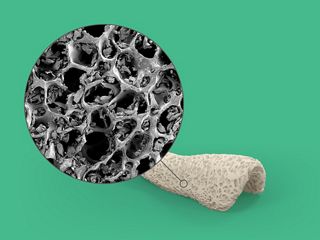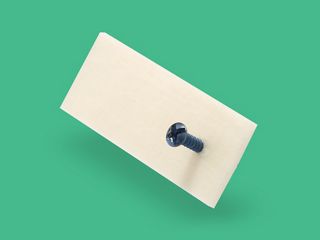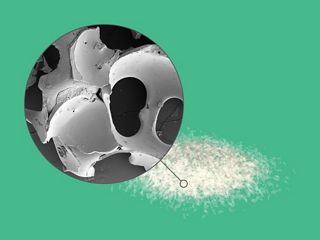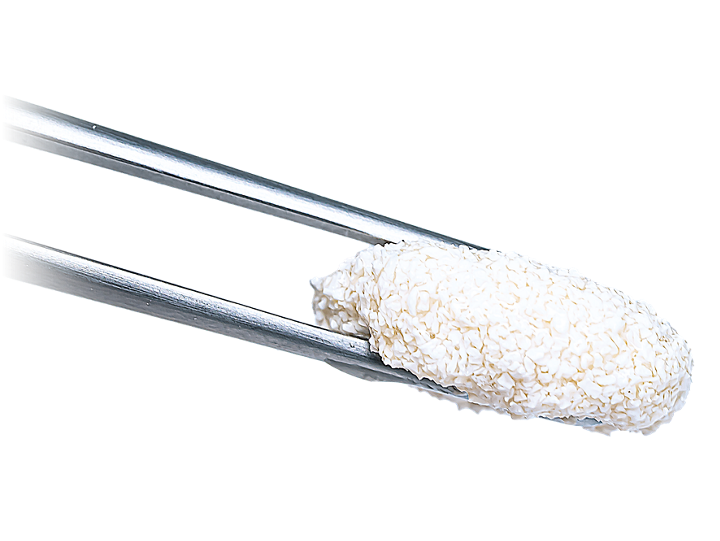
Anwendungskomfort meistern. Sticky Bone aus dem Blister.
cerabone® plus ist eine Kombination aus dem etablierten bovinen Knochenersatzmaterial cerabone® und Hyaluronsäure. Bei Kontakt mit Kochsalzlösung oder Blut bildet es Sticky-Bone, ein modellierbares Gemisch, das leicht aufgenommen und in den Defektbereich eingebracht werden kann und somit einen hervorragenden Anwendungskomfort bietet.
Merkmale und Vorteile
Dank des ausgeprägten Flüssigkeitsbindevermögens von Hyaluronsäure bildet cerabone® plus nach der Hydratation eine zusammenhängende und formbare Masse, die im Vergleich zu herkömmlichem granulärem Knochenersatzmaterial eine einfachere Applikation ermöglicht. cerabone® plus erleichtert die Aufnahme und ermöglicht eine präzise Applikation der Partikel, eine effiziente Defektaugmentation sowie eine einfache Defektkonturierung.
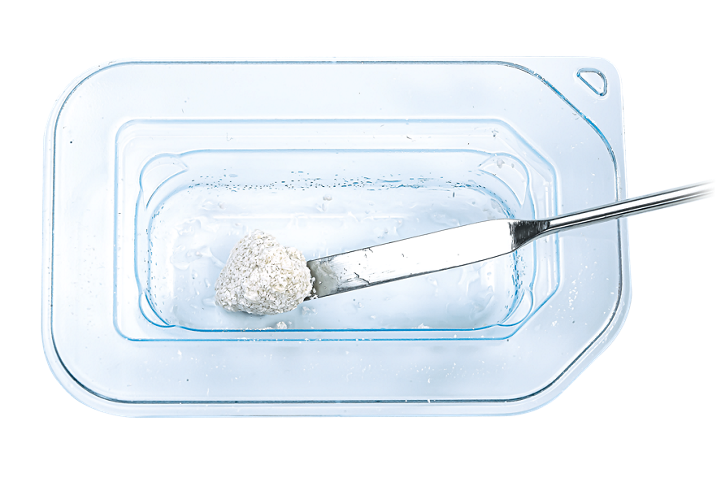
Hyaluronsäure ist imstande, ein Flüssigkeitsvolumen zu binden, das 1000 Mal grösser ist als das Molekül selbst. Sie ist stark hygroskopisch, biologisch abbaubar und wird in der frühen Phase der Wundheilung schnell abgebaut.
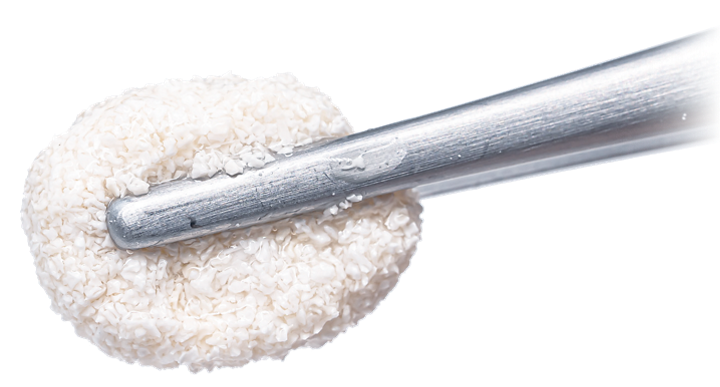
Die Knochenmineralkomponente (cerabone®) weist eine dem menschlichen Knochen ähnliche Struktur mit einem dreidimensionalen Porennetzwerk und einer rauen Oberfläche auf. Das osteokonduktive Gerüst begünstigt die Adhäsion und das Einwachsen von Osteoblasten und unterstützt die vollständige Integration der Granula in die neu gebildete Knochenmatrix.
cerabone® wird in einem Hochtemperaturverfahren (1.200 °C) hergestellt, bei dem alle organischenBestandteile allein durch Hitze und Wasser vollständig entfernt werden, um ein reines natürliches Knochenmineral zu gewinnen. cerabone® plus wird steril verpackt (Gammastrahlung) geliefert.
Da cerabone® plus nur begrenzt abgebaut wird, bietet es Volumenstabilität und begünstigt eine vorhersagbare und wirksame strukturelle Abstützung der oralen Weichgewebe im augmentierten Bereich (besonders wichtig in der ästhetischen Zone) und den Erhalt des Alveolarkamms. In Kombination mit Allograft oder autologem Knochen fungiert cerabone® plus als Barriere gegen Resorption.
*cerabone® plus ist jetzt in der Schweiz, in Deutschland, den nordischen Ländern und Chileerhältlich.
Broschüren und Videos
Sie suchen weitere Informationen? Sie finden Sie in der Mediathek.
